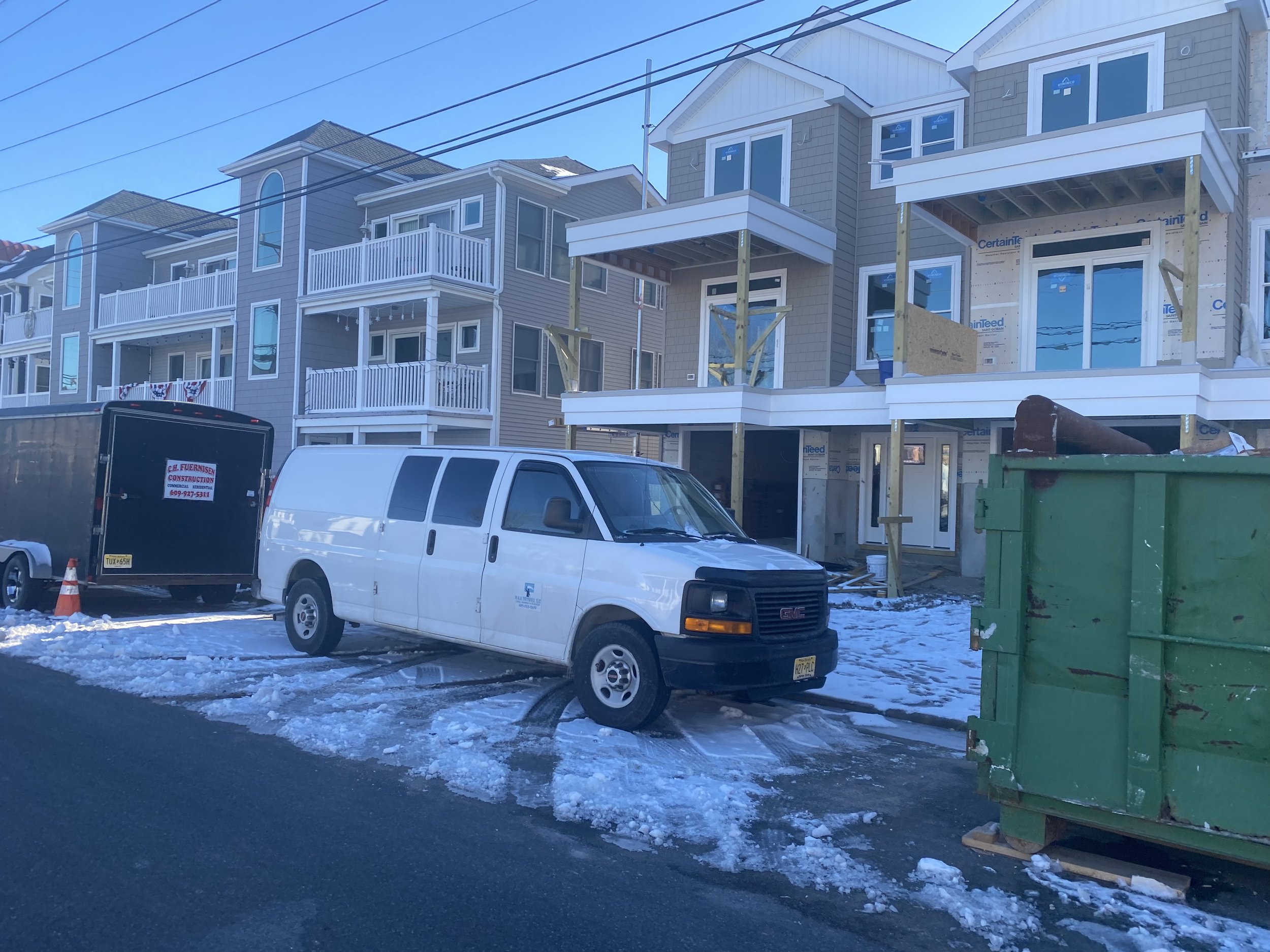The Housing Dilemma in Wildwood (Part 1 of 2)
Michael Lorin Hirsch has been volunteering for the Doo Wop Preservation League (DWPL) since 2001. He holds a Master of Science in City Planning from Pratt Institute in Brooklyn, New York and is the author of the 2003 book “The How to Doo Wop: Wildwoods-by-the-Sea Handbook of Design Guidelines”. We are featuring part 1 of 2 from his award-winning graduate thesis “Affordable Housing for Seasonal Workers in Wildwood, NJ” which he prepared in consultation with The Morey Organization. Although written in the early 2000s, we believe the loss of affordable housing for seasonal workers and permanent residents in the Wildwoods has only grown worse over the last few decades.
Michael Lorin Hirsch
Since 1999, my design career has centered on resort architecture and planning. Two projects: a ski resort in Breckenridge, Colorado and a golf club in Southampton, New York were planned to have employee housing. Finding affordable housing for seasonal employees is difficult, often because of limited land and increasing demands for second homes in resort towns. My family has vacationed in Wildwood, New Jersey for thirty-five years, and has owned property for the past thirty. I became a passionate volunteer to a local community organization because of my interest in historic preservation. In 2003 I was nominated to the advisory board of the Doo Wop Preservation League.
In this role I feel compelled to advise my adopted community about planning needs because of the resort knowledge I have gained over the years. I find it interesting how different, and sometimes how similar the resort planning for Vail, Colorado a winter-only destination is to Wildwood, New Jersey a summer-only destination and the desire in both communities to extend their tourist season. Vail has done this by introducing golf.
The Morey Organization is recognized as the largest employer in town with 1500 summer employees; they import approximately 800 from overseas. The Morey Organization has taken on housing some of their own employees based on need, they house or place approximately 200. Wildwood, NJ is an island community, and increasingly the only new residential development that occurs is luxury condominiums. (Median value for a single-family owner-occupied home in 2000 was $128,600. (U.S. Census 08260 Fact Sheet 2000) Median value for a single-family home in Wildwood in November 2005 was $336,356 (Cape May County Herald 11/4/05), a 161% increase.)
It has become harder for this organization to house the seasonal workers and has proposed building a dormitory for 480 on an existing, underutilized amusement pier that they own. I met with Denise Beckson, Director of Operations / Human Resources in October 2005. She said that the employee recruitment competes with Cedar Point in Sandusky, Ohio and Six Flags Great Adventure in Jackson, New Jersey for foreign workers. The other amusement parks have considerably lower housing costs.
What I propose is to identify the need for affordable housing for seasonal workers in Wildwood for a healthy tourist economy; how the existing rooming houses are being priced out by the second-home condominium market, and why housing workers off-island is not economically feasible. I will investigate what zoning changes would be needed to build temporary housing on the amusement pier, and research if there are any precedents and recommend two other locations in the city.
The City of Wildwood Master Plan Reexamination (2002) identified an increase of 32.6% in the number of seasonal housing units and states, “Wildwood is increasingly becoming renter-occupied…” It also recommends addressing land development patterns which often juxtapose incompatible land uses. The owner-occupied housing increased 4%, while renter-occupied housing increased 44%. This reexamination states that one measure of community stability is the ratio of homeowners to renters. (A 70%:30% owner: renter ratio is considered healthy). Wildwood’s 60:40 is trending toward instability. (Remington 2002,9).
Perhaps the growth in seasonal housing is a necessary aspect of a tourist-based seasonal economy? There is a contradiction between the needs that the Master Plan identifies, and what employers in the Wildwoods need.
Stay tuned for part 2 appearing in our Fall 2022 newsletter.
To join to our FREE email notification list, click here.

